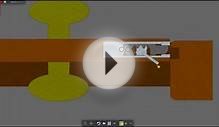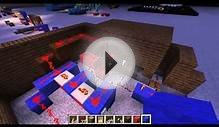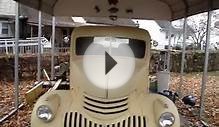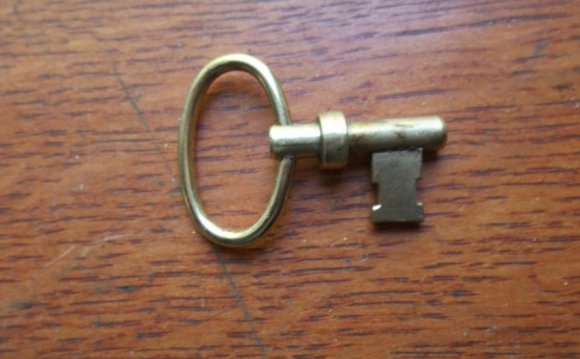
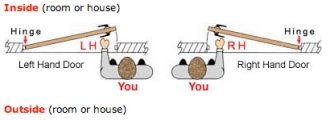 Note: the entranceway equipment trade term Lock or Locksets is not just talking about a hardware item that includes a cylinder and uses a vital. It is a general term for Door Knobs, Door Levers, Handlesets and Deadbolts that latch (hold closed) and/or lock.
Note: the entranceway equipment trade term Lock or Locksets is not just talking about a hardware item that includes a cylinder and uses a vital. It is a general term for Door Knobs, Door Levers, Handlesets and Deadbolts that latch (hold closed) and/or lock.
A. To look for the handing of a home lock, stand beyond your space or building dealing with the doorway.
In the event that hinges are on the left side of the home, the entranceway is Left Hand (LH).
If the hinges take the right side, the door is Right Hand (RH).
A. A lock which by reversing the latch bolt, can be utilized by either hand door (left or appropriate).
A. Measure from the edge of home into center of this bore gap or even the lock human anatomy that you are replacing. Many backsets are generally 2-3/8" or 2-3/4".
A. Lock features control the circulation of individuals through a building. Here are a few examples.
• Keyed Entry or Entry Lock: Uses a vital to start the lock from the exterior to help you get entry to room. Some entry locks utilize cards or push buttons in place of keys.
• Privacy: Locks but has actually accessibility unlock from outside via a tiny opening or slot to place an easy tool. Privacy locks cannot provide safety. Used on room and bathroom doorways.
• terrace: Lock from the inside and block entry through the exterior. They may be able not be unlocked from outside. Note: Do not use terrace purpose lock on balcony doorways where it's the best way to the building.
Note: Do not use terrace purpose lock on balcony doorways where it's the best way to the building.
• passageway: Latches home closed and will not secure. Applied to hallway and wardrobe doors.
• Dummy: solitary Dummy for just one part of door. Dual Dummy both for sides of door. Pre-owned as a door pull and for matching trim. Most frequently used on the inactive door on dual doorways.
Extra Commercial Lock functions.
• Storeroom: Outside lever/knob fixed, entry by secret just. Inside lever/knob constantly unlocked.
• Classroom: Outside lever/knob locked and unlocked by secret. Inside lever/knob constantly unlocked
• Store Entry Double Cylinder Lock: Keyed cylinder in both inside and outside knobs. input either knob hair or unlocks both at the same time - for Entry doors with glass near the lock including inside workplace spaces that want protection.
input either knob hair or unlocks both at the same time - for Entry doors with glass near the lock including inside workplace spaces that want protection.
• Communicating Double Cylinder Lock: Keyed cylinder in both inside and outside knobs. Crucial unlocks its very own knob independently - for doors that want Keyed protection on both edges.
• Institutional double-cylinder Lock: Both knobs tend to be Fixed with Keyed cylinder in both Outside and Inside knobs. Entrance by Key in either knob - for doors that require Keyed security on both edges.
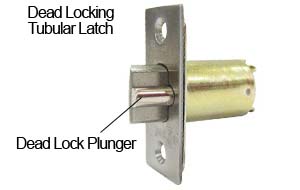 A. The energetic home may be the the one that opens up very first and that your lock is applied. The inactive home opens up just following the energetic home and it is secured in place with Flush Door Bolts or exterior Mounted Door Bolts.
A. The energetic home may be the the one that opens up very first and that your lock is applied. The inactive home opens up just following the energetic home and it is secured in place with Flush Door Bolts or exterior Mounted Door Bolts.
A. In the U.S. many doorways tend to be 1-3/8" or 1-3/4" thick. Most standard door equipment is made to match 1-3/8" - 2" thick doorways. Some manufacturers have actually extension kits, or will develop a lock to match a thickness over 2 ins. A normal residential interior door is 1-3/8" dense and an exterior home is 1-3/4" thick. Indoor and exterior commercial doorways are often 1-3/4" thick.
A. You can choose the way you wish your hair to-be keyed.
•Keyed similar: If you buy multiple lock, they may be able all make use of the same secret.
•Keyed Different: Each lock need it really is very own secret that won't fit the others.
•Non Keyed: pick this program for non keyed Functions (Ex: Privacy. Passage, Dummy)
Additionally see: Lock Keying for information of Master keying and other choices.
•Single Cylinder: Is controlled by an integral on the outside and a change knob internally.
•Double cylinder: is controlled by a vital on the inside and outside. Generally used for which you have glass next to the lock, as it can be broken and unlock if a turn knob had been truth be told there.
A. This is the common form of latch/lock available on doors into the U.S. They truly are applied to most standard pre-drilled factory doors. May very well not recognize the entire component, although Latch Bolt should look familiar to you, because shines the edge of a door.
A. A higher security latch bolt including a plunger that is held in a retracted position when the door is closed, avoiding it from being slipped available (by a credit card). Often on keyed levers and knobs.
A. A lock made to fit in a cavity that is more or less 7" long by 2" to 6" deep when you look at the side of home.
A. a metal plate that gets the entranceway bolt or latch as soon as the door is shut. Strike Plates can be bought in numerous forms, types and dimensions for different applications.
RELATED VIDEO
